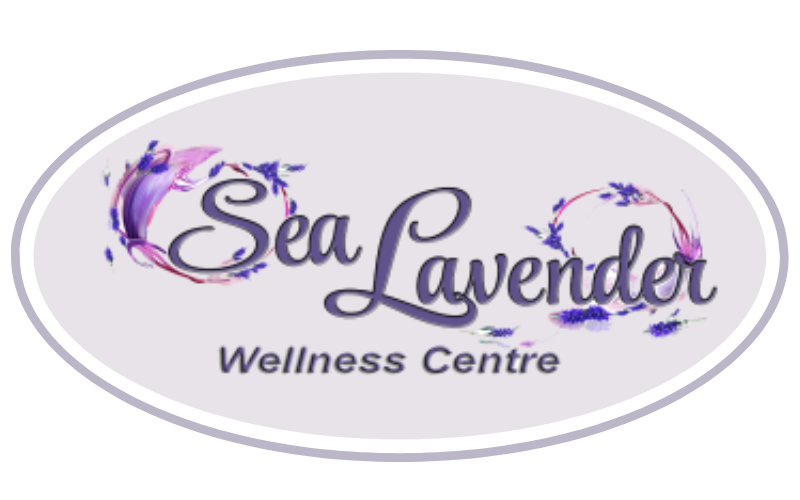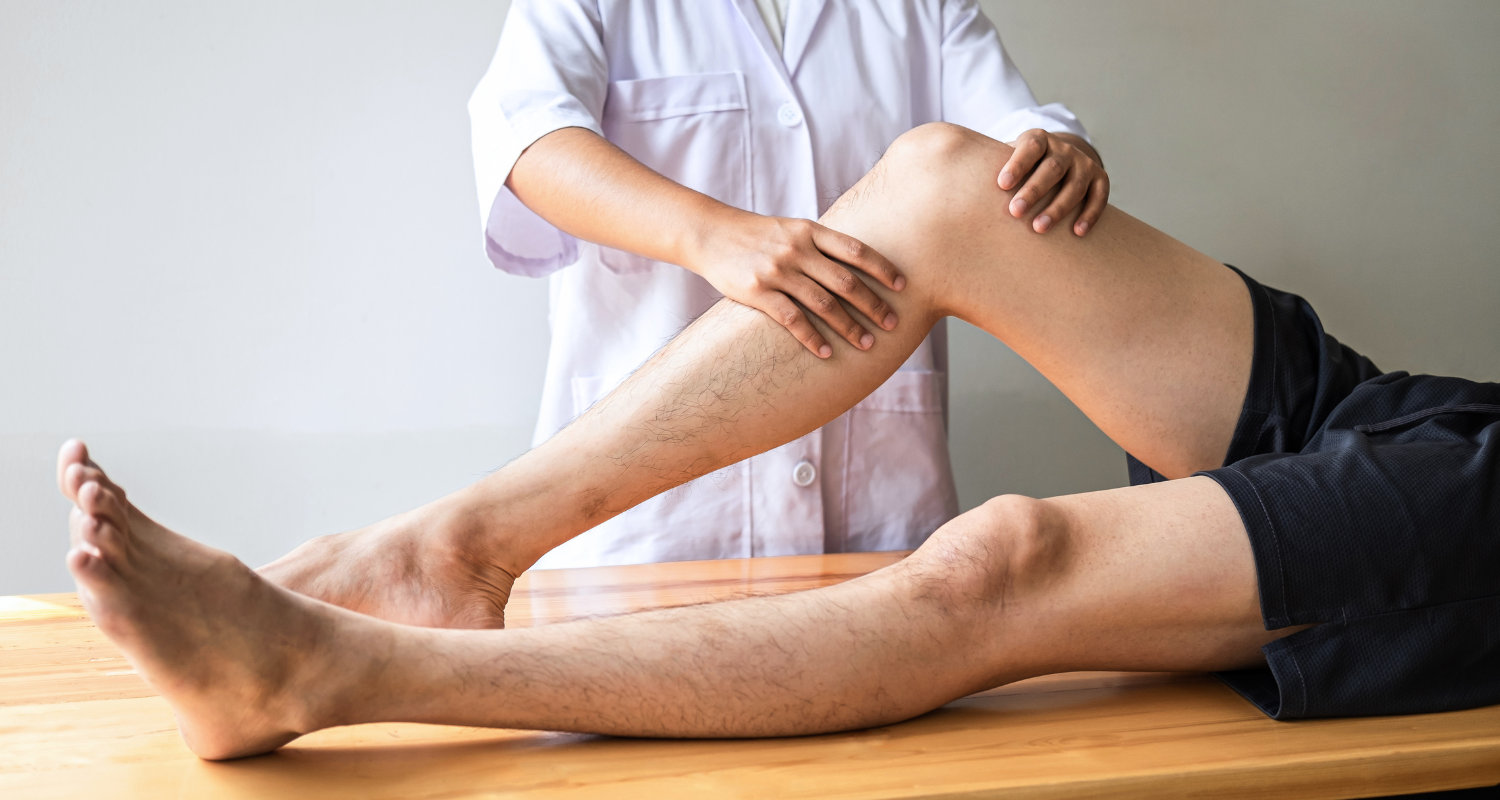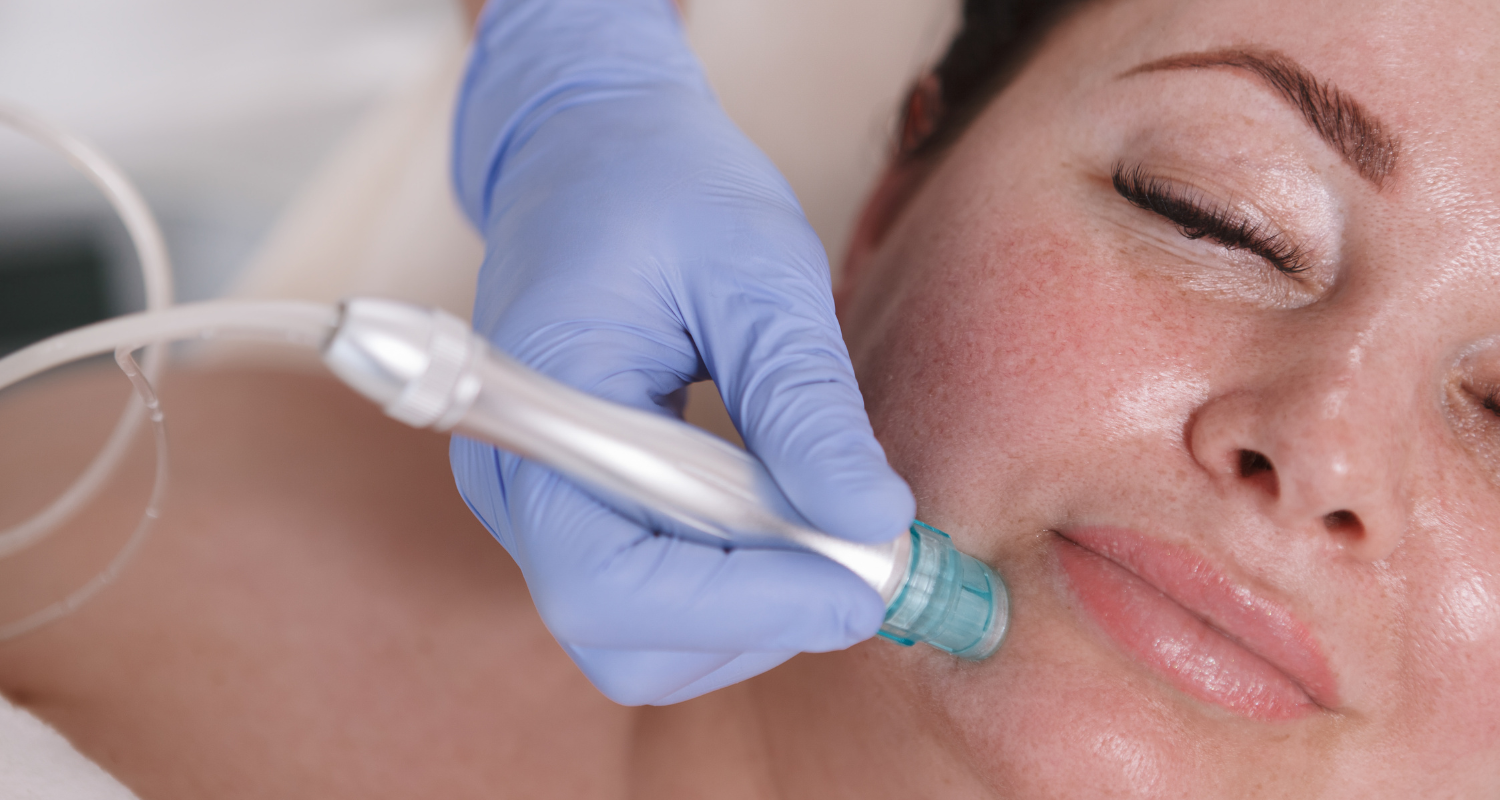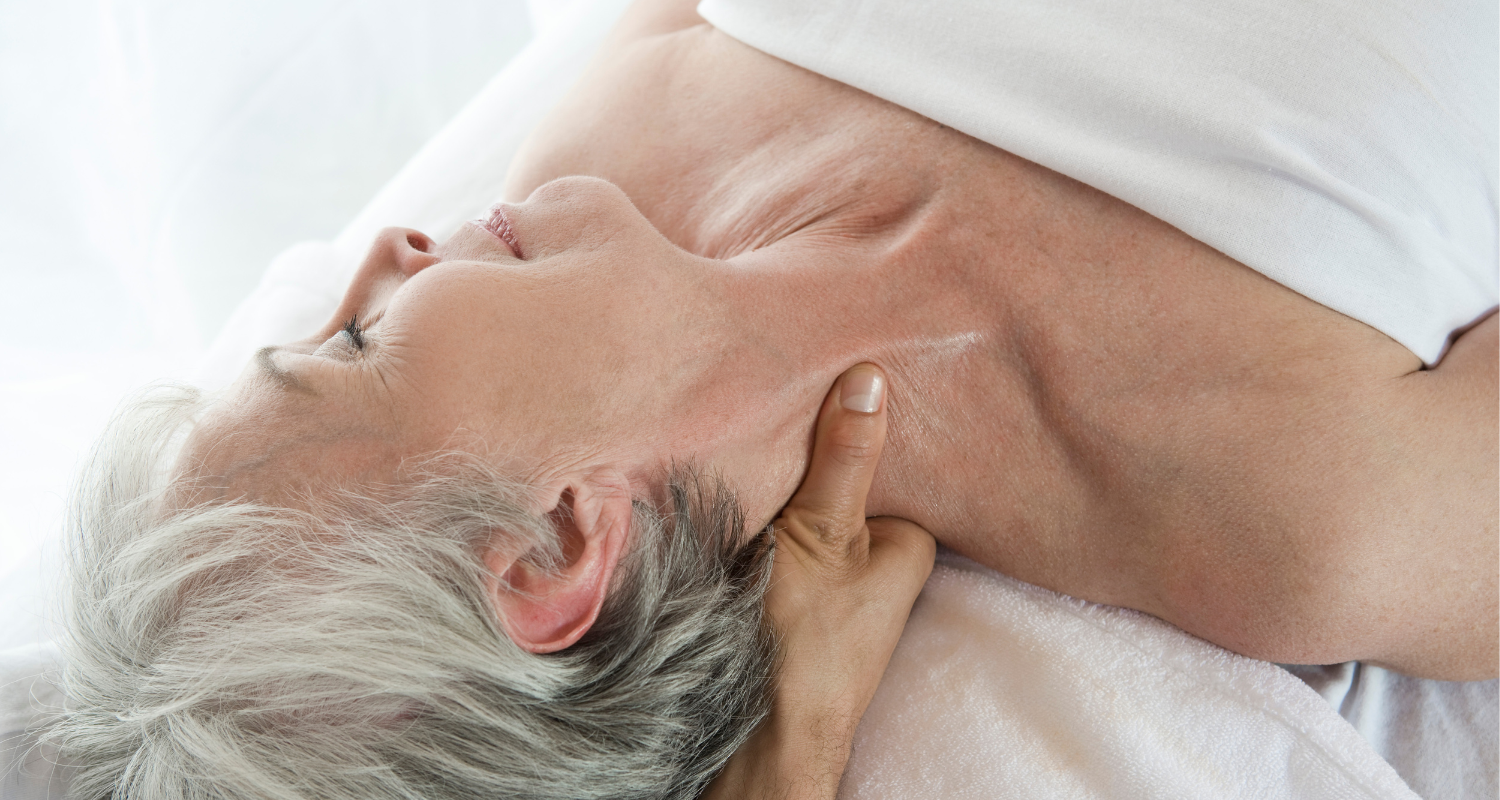Injury recovery can be a long and challenging journey, but massage therapy has proven to be a powerful ally in speeding up the healing process and reducing pain. Whether you are an athlete recovering from a sports injury, dealing with a workplace mishap, or recovering from surgery, therapeutic massage can play a crucial role in restoring your physical health and mental well-being. This blog explores the benefits of massage for injury recovery and how it aids in healing while alleviating discomfort.
The Science Behind Massage for Healing
Massage therapy is not just a luxurious indulgence; it’s a scientifically-backed method to improve recovery. Injuries often lead to inflammation, muscle tension, and restricted blood flow, which slow down the healing process. Massage works by targeting these issues directly:
- Promotes Circulation
Massage stimulates blood flow, which delivers oxygen and nutrients to injured tissues. This enhanced circulation helps speed up tissue repair and reduce inflammation. - Reduces Muscle Tension
Injuries can lead to muscle tightness or spasms in surrounding areas. Massage relaxes these muscles, reducing strain on the injured site and improving mobility. - Stimulates the Lymphatic System
The lymphatic system plays a vital role in removing toxins and waste from the body. Massage encourages lymphatic drainage, reducing swelling and boosting the body’s natural healing process. - Increases Endorphins
Pain and injuries can take a toll on mental health, leading to stress or even depression. Massage triggers the release of endorphins—your body’s natural painkillers—resulting in a sense of relaxation and reduced discomfort.
Types of Massage for Injury Recovery
Not all massages are the same, and different techniques are used depending on the type of injury. Below are some effective massage therapies for injury recovery:
- Swedish Massage
Swedish massage involves long, gentle strokes that improve circulation and promote relaxation. It’s ideal for recovering from minor injuries or managing stress during recovery. - Deep Tissue Massage
This technique targets deeper muscle layers to release chronic tension and reduce scar tissue. It’s especially useful for sports injuries or recovery from surgeries. - Sports Massage
Designed for athletes, sports massage helps reduce muscle soreness, improve flexibility, and prevent future injuries. It’s perfect for rehabilitation after an acute sports injury. - Trigger Point Therapy
Focused on specific “trigger points” in the body, this method alleviates localized pain and tension often caused by injuries. - Myofascial Release
This gentle technique focuses on relieving tension in the fascia (the connective tissue covering muscles). It’s effective for injuries involving stiffness or limited range of motion.
Benefits of Massage Therapy for Injury Recovery
Here’s how massage therapy aids in the healing process and supports overall recovery:
- Speeds Up Recovery Time
By improving circulation and reducing inflammation, massage accelerates the body’s natural healing processes. This means you can return to your normal activities sooner. - Minimizes Scar Tissue Formation
Injuries often lead to the development of scar tissue, which can restrict movement. Massage breaks down scar tissue, restoring flexibility and preventing long-term complications. - Improves Range of Motion
Stiffness and immobility are common after injuries. Massage therapy restores mobility by loosening tight muscles and improving joint flexibility. - Relieves Pain Naturally
Unlike medication, massage provides a drug-free method to manage pain. It reduces the perception of pain by blocking pain signals to the brain and stimulating endorphin release. - Prevents Secondary Injuries
Compensatory movements due to pain can lead to additional injuries. By addressing tension and improving alignment, massage prevents overuse of unaffected areas. - Reduces Swelling and Inflammation
Massage techniques like lymphatic drainage help minimize swelling, reducing discomfort and speeding up recovery.
Conditions That Benefit from Massage Therapy
Massage can aid in recovery from a wide variety of injuries and conditions, including:
- Muscle Strains and Sprains
These injuries are common in athletes and active individuals. Massage therapy helps reduce swelling, ease pain, and restore mobility. - Tendonitis
Tendon injuries can be debilitating. Massage alleviates inflammation and promotes healing by improving blood flow to the affected area. - Post-Surgical Recovery
Whether it’s knee surgery, rotator cuff repair, or another procedure, massage reduces scar tissue formation, improves flexibility, and enhances recovery outcomes. - Whiplash
Common in car accidents, whiplash causes neck pain and stiffness. Massage therapy relieves tension and improves range of motion. - Fractures
While massage is not applied directly to fractured bones, it can alleviate muscle tension and swelling in surrounding areas, promoting overall recovery.
What to Expect During a Massage Session
A massage session tailored for injury recovery typically begins with a consultation where the therapist assesses your condition and discusses your goals. Here’s what a typical session involves:
- Warm-Up
The therapist uses gentle strokes to relax the muscles and prepare them for deeper work. - Focus on Problem Areas
Depending on the injury, the therapist applies techniques to address specific muscles, ligaments, or joints. - Stretching and Mobilization
To improve flexibility and range of motion, therapists may incorporate stretching techniques. - Cool Down
The session ends with soothing strokes to relax the body and mind, leaving you feeling refreshed.
When to Start Massage Therapy After an Injury
The timing of massage therapy depends on the type and severity of your injury. For acute injuries, it’s best to wait until the initial swelling and inflammation have subsided. For chronic conditions or post-surgical recovery, massage can be started sooner but should always be performed under the guidance of a healthcare professional.
Tips for Maximizing the Benefits of Massage
- Communicate with Your Therapist
Clearly explain your injury, pain levels, and recovery goals to ensure the therapy is tailored to your needs. - Stay Consistent
Regular sessions yield the best results. A consistent schedule ensures continued improvement in circulation, flexibility, and pain reduction. - Combine with Other Therapies
Massage works best when combined with physical therapy, stretching, and proper nutrition. - Stay Hydrated
Drinking water after a session helps flush out toxins released during the massage.
The Psychological Benefits of Massage in Recovery
Beyond physical healing, massage therapy has significant mental health benefits. Dealing with an injury can be mentally exhausting, leading to anxiety or depression. Massage reduces stress, improves sleep quality, and fosters a positive outlook, all of which contribute to a faster recovery.
Conclusion
Massage therapy is more than just a luxury—it’s an essential tool in injury recovery. From reducing pain and swelling to speeding up the healing process, its benefits are invaluable for individuals recovering from various injuries. By incorporating regular massage into your recovery plan, you can heal faster, reduce the risk of long-term complications, and improve your overall well-being.
Whether you’re an athlete aiming for a comeback or someone recovering from a workplace accident, massage therapy can help you get back on your feet. Invest in your recovery today, and experience the transformative power of massage.
Please find us on social media:
Facebook: https://www.facebook.com/sealavenderwellness
Instagram: https://www.instagram.com/sealavenderwellness
Google: https://maps.app.goo.gl/i4w25zjhB9pm8ExCA
Book an appointment: https://www.fresha.com/book-now/sea-lavender-wellness-spa-adsg8jdw/all-offer?id=341896&share&pId=318584



